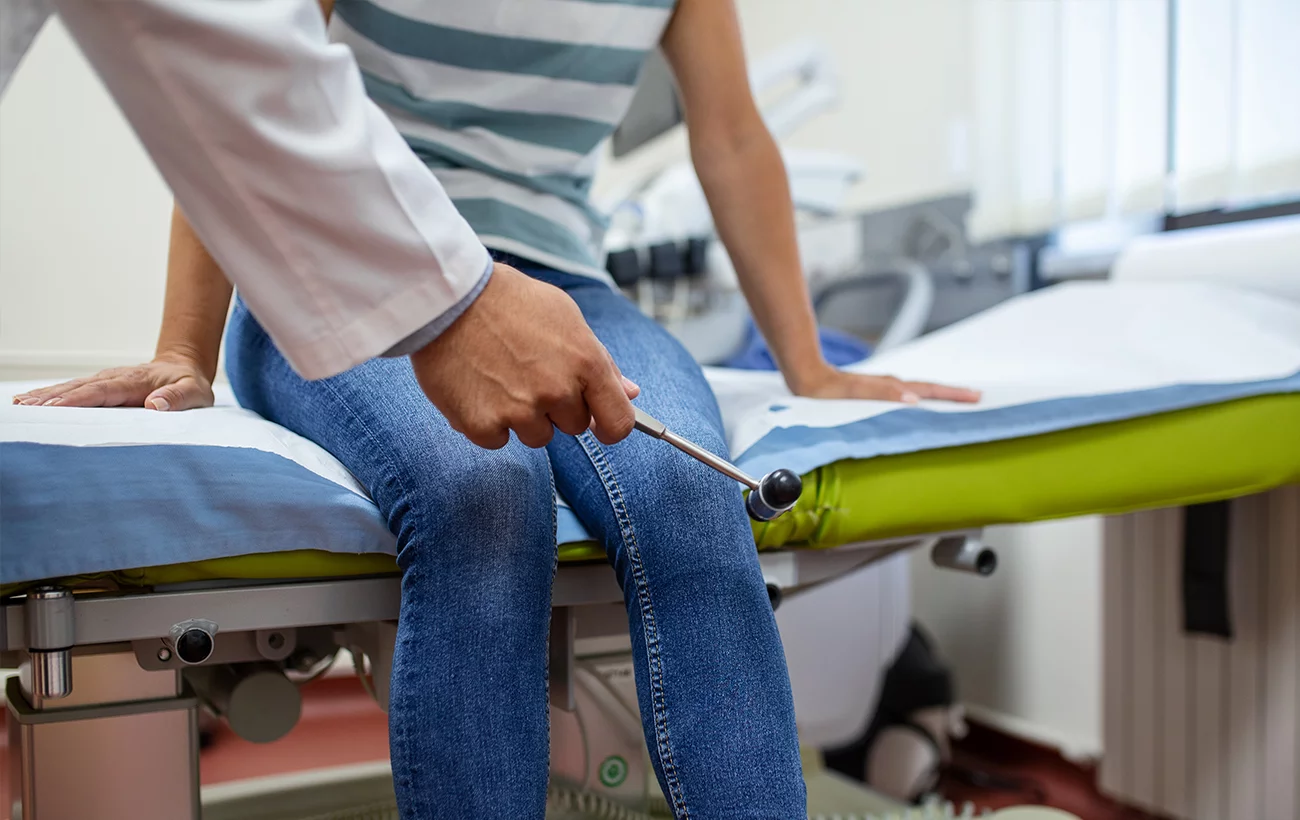Rehabilitation Activities for Spinal Cord Injury Patients
.png)
Spinal cord injury (SCI) is damage to the nerves or the nervous system resulting from traumatic or non-traumatic events. The damage can affect a person’s motor, respiratory, and sensory functions and the bladder, bowel, and sexual functions. SCI can also influence blood pressure, the ability to regulate temperature, and skin integrity.
Every spinal cord injury is different for every patient; everyone should have a personalised rehabilitation plan.
Because of the loss of sensation and motor function after SCI, it can be challenging for the patient to stay active physically.
It is sad that currently, there is no way for a spinal cord injury treatment. However, there is continuous research on possible treatments, including medications for nerve cell regeneration of the remaining nerves. While studies are being done and waiting for results, medical professionals focus on rehabilitation of the spinal cord injury and physiotherapy to prevent further injury and assist patients in returning to their productive and active life.
If you suffer from SCI, the rehabilitation team will start working with you during the early stages of your recovery. This team might include a physiotherapist, a rehabilitation nurse, an occupational therapist, a rehab psychologist, a recreation therapist, a dietician, a social worker, and a physiatrist. The physiatrist is a doctor with a specialisation in physical medicine or SCI.
For rehabilitation purposes, new skills will be introduced and taught to you, including equipment and new technologies to help you live independently as much as possible. Medications might also be used to control pain and spasticity, and improve your bowel and bladder control and sexual functioning.
Physiotherapy for spinal cord injury treatments is available at rehabilitation centres and hospitals throughout India. Treatments will focus on increasing muscle strength and maximising potential through exercises. These exercises are activities that are repetitiously performed. These personalized exercise regimens can help patients realise their recovery goals.
PT works for spinal cord injury rehabilitation because it promotes neuroplasticity. This is the capacity of the brain and spinal cord to recover from injury and get back the lost functions affected by the injury.
Exercises and meaningful activities are among the best ways of promoting neuroplasticity. Here are some activities that help rehabilitate patients with spinal cord injuries. Every movement, of course, should be performed depending on the injury’s location and severity level.
1. Range of motion exercises — This activity helps to improve the movement of specific joints.
2. Stretching exercises — Help prevent and treat painful and tight muscles and reduce pain signals within the joints. Examples are doing yoga or lying on your stomach. You can do this yourself or with help from family members, your physiotherapist, or your trainer.
3. Aerobic exercises — This exercise is good for cardiovascular health. Some examples of aerobic exercises include swimming, rowing or hand cycling.
4. Strengthening exercises — This targets the major muscle group, so it helps to maintain muscle mass. Examples include weightlifting, using resistance bands, and doing yoga.
5. Gait training — It is a physiotherapy exercise that can aid your ability to stand or walk. This activity will help you gain independence in walking, although you may require an adaptive device sometimes.
6. Horseback riding. This is for milder SCI and is also referred to as hippotherapy. This can help you develop a variety of motor and sensory functions. This is a therapist-guided activity — two therapists will walk along each side of the horse, ensuring your safety.
These activities, and some others, will keep you moving. Your every movement stimulates the spinal cord, thus promoting adaptive changes in your central nervous system. Not only for this reason, but increasing your activity level will improve your essential bodily functions, such as your mood, sleep, and circulation.
Find the activity that will suit you, and try to perform it according to what the trainer says. It pays to have an open mind and a strong willingness to adapt. Sooner or later, you will find that you can leave your bed or wheelchair and participate in many physical activities and your favourite hobbies.
If you need additional information about spinal cord injury and physiotherapy, please contact Mission Walk today. Fill in our online contact form and send it, and we will get back to you as soon as possible.


Comments
Post a Comment